Immunology
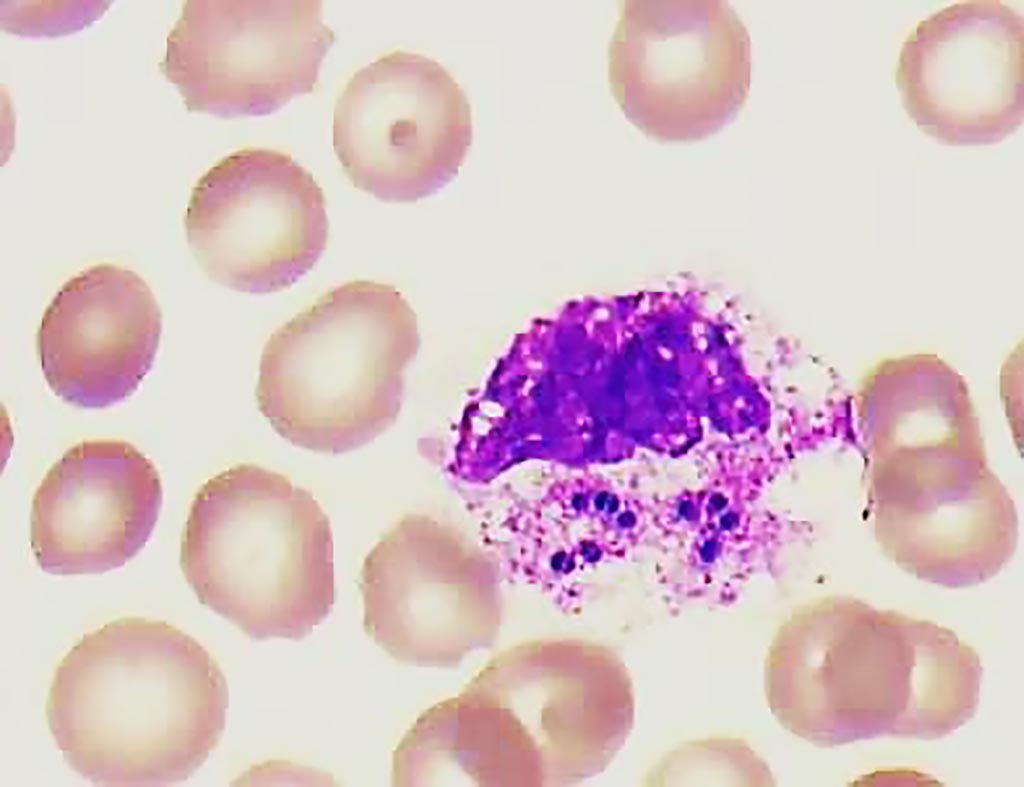
Biomarker Identifies Septic Patients at Higher Risk for Mortality
Sepsis is a life-threatening condition that arises when the body's response to infection causes injury to its own tissues and organs. Common signs and symptoms include fever, increased heart rate, increased breathing rate, and confusion. More...28 Jan 2020
CSF Cytokine Characteristics Defined from Children with Meningitis
Enteroviral meningitis (EVM) are the most common etiological agent for viral encephalitis, and are predominantly reported among children and always present as a milder clinical illness than other infectious causes which only need supportive therapy. More...21 Jan 2020
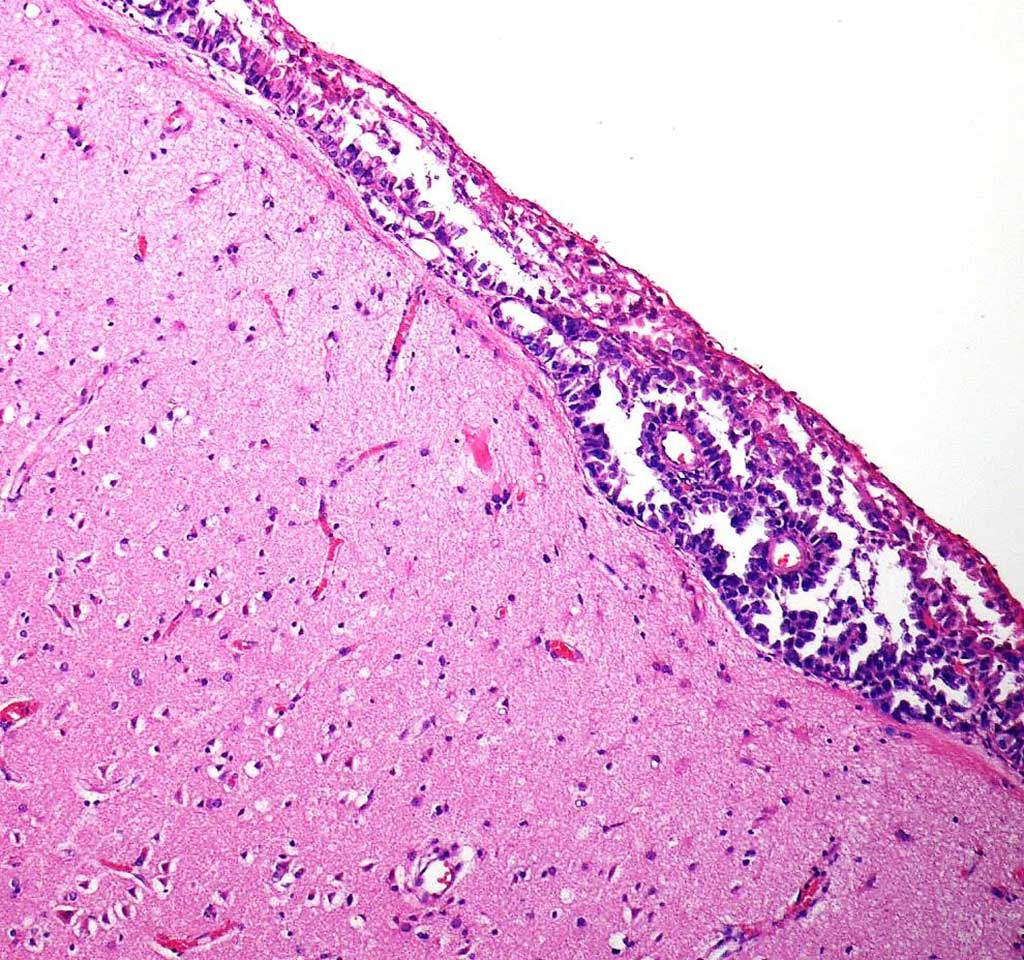
Molecular Characteristics of Leptomeningeal Melanoma Metastases Identified
Patients with advanced melanoma who develop metastases in the leptomeninges, the fluid filled membranes surrounding the brain and spinal cord, have an extremely poor prognosis. Most patients only survive for eight to 10 weeks after diagnosis. More...20 Jan 2020
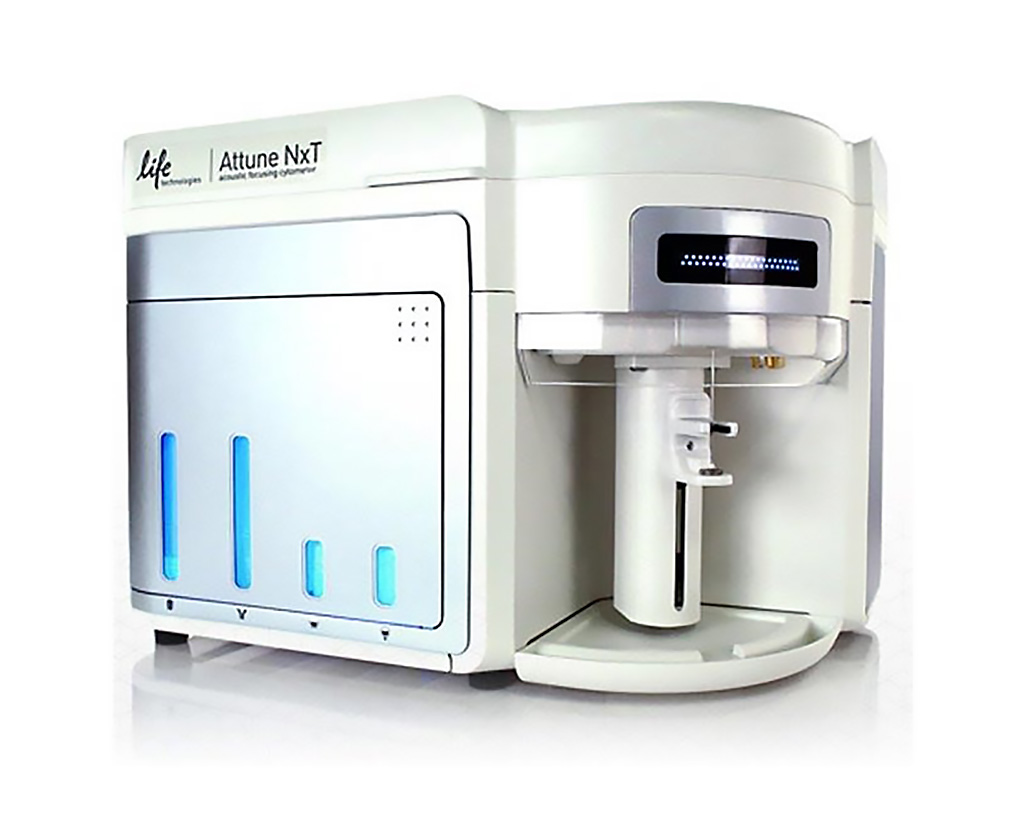
Diagnostic Assay Identifies Leukemic Stem Cells
Acute myeloid leukemia (AML) is the most common type of leukemia in adults. It is characterized by the pathological expansion of immature cells (myeloblasts) that invade the bone marrow and expand into the blood, affecting the production of the rest of the healthy cells. More...15 Jan 2020
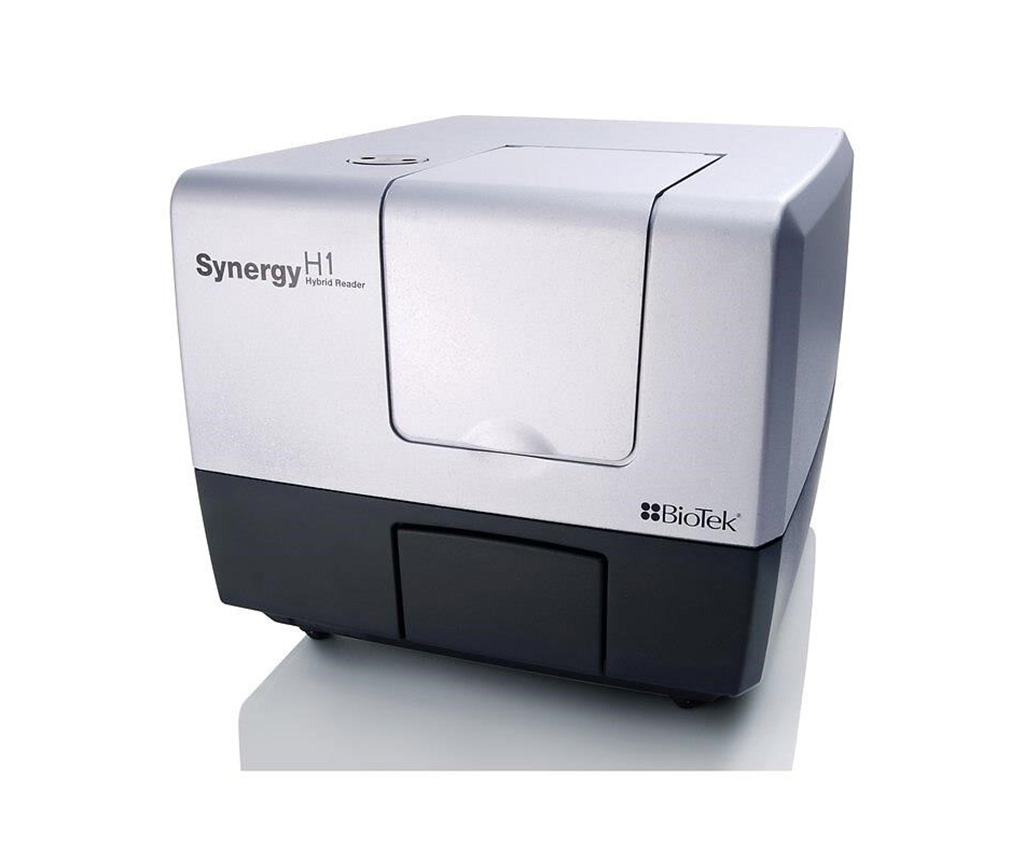
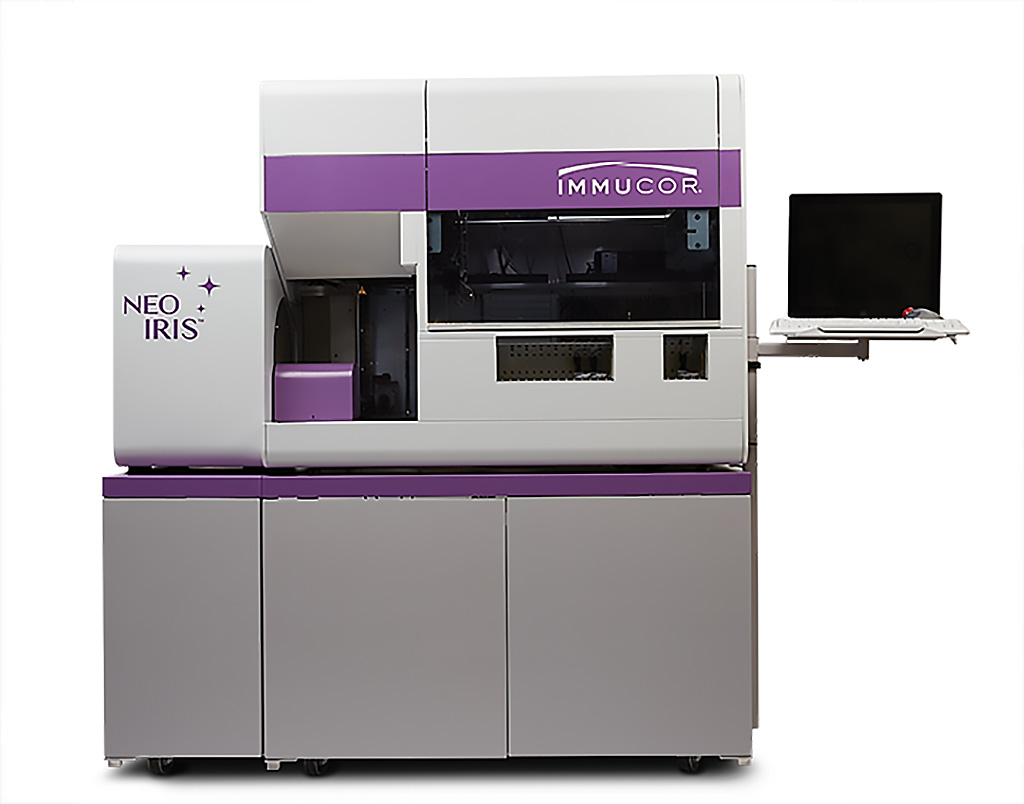
Glycoprotein-Specific Direct Platelet Autoantibody Testing in Immune Thrombocytopenia
Autoantibodies directed against platelet glycoproteins have long been accepted as a major pathophysiologic mechanism in immune thrombocytopenia (ITP), but platelet autoantibody (PA) testing has previously shown poor sensitivity for ITP diagnosis. More...14 Jan 2020

Plasma HSP90α Levels Used for Detection of Hepatocellular Carcinoma
Liver cancer is composed mostly of primary liver cancers and secondary liver cancers. Hepatocellular carcinoma (HCC), as the major type of primary liver cancer, is the fifth most common tumor worldwide and the third leading cause of cancer mortality, responsible for 745,500 cancer deaths annually. More...14 Jan 2020
In Other News
Multiplex Nested Polymerase Chain Reaction Developed for Congenital Infections
Rapid Diagnostic Tests for Chagas Disease Field Evaluated
Rapid Diagnostic Test for The Detection of G6PD Deficiency Evaluated
Immunoassay May Help Identify Pediatric Lyme Arthritis
Immature Natural Killer Cells Predict Relapse After Cord Blood Transplantation
Immune System Altered in Chronic Fatigue Syndrome
Circulating Trophoblast-Based Noninvasive Prenatal Testing Are Feasible
New Human Autoinflammatory Disease Identified
Circulating Progenitor Cell Traffic Reflects Blood Vessel Repair
Multiple Sclerosis Linked to Variant of Common Herpes Virus
Diagnosis and Monitoring of Patients with Hepatitis C Virus
Three Factors Distinguish MODY, a Rare Diabetes, in Youth
Zika Virus IgM Persists 25 Months After Symptom Onset
Plasma Cytokine Responses Characterized in Melioidosis
Immune Cells Linked to Malaria-Induced Anemia Through Autoantibody Production
Next Generation Glycated Hemoglobin Assay Evaluated
Measles Virus Infection Impacts Immune Cells
Effect of Lipoprotein(A) on the Diagnosis of Familial Hypercholesterolemia
Innovative Blood Test Aids Early Detection of Breast Cancer
Automated Immunoassay Systems Evaluated for KL‐6 Antigen Quantification
Systematic Serological Screening Programme Used for Strongyloidiasis
Reference Intervals Established For Serum Ferritin In Chinese Adults
Diagnostic Values of Serum STAT4 and sEng Analyzed in Preeclampsia
The Immunology channel of LabMedica deals with diagnostic techniques and immuonassays such as ELISA, pregnancy tests, immunoblotting, immunohistochemical staining, serology, and associated hardware.











